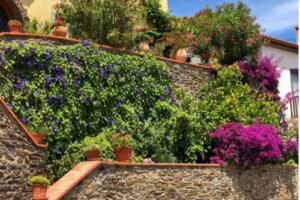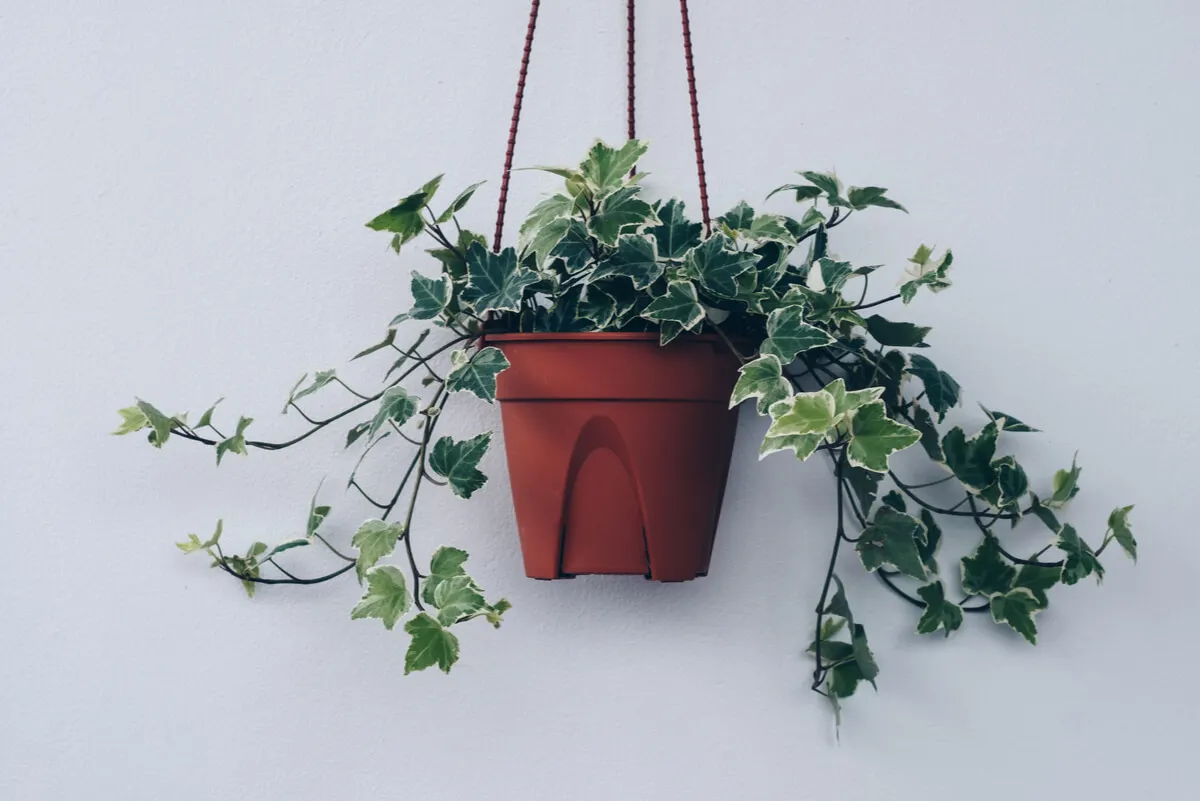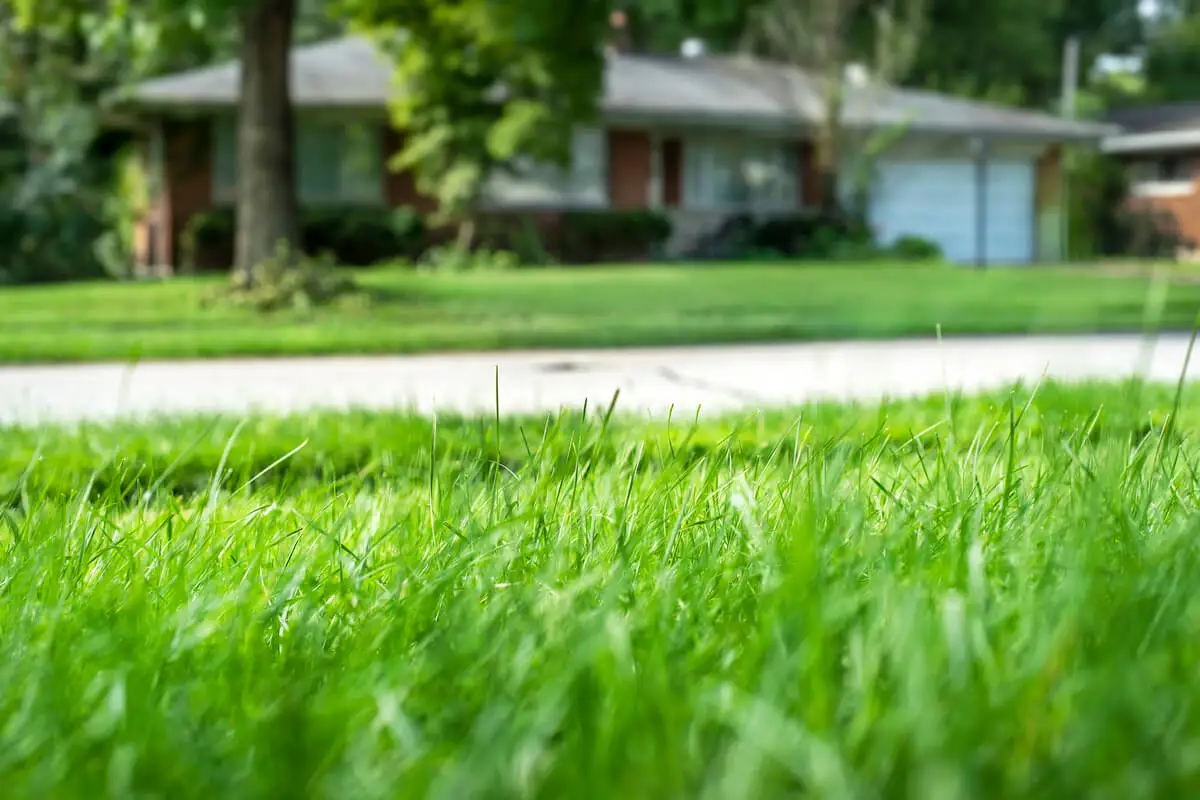The 5 Best Plants for Landscaping

There’s a great variety of plants used for the decoration of the interior spaces of the home. There are also those for patios and exteriors. However, some people choose species that can cover entire surfaces, either to decorate them or to cover them. These are the types of plants that are best to cover gardens.
Creeping vegetation has the characteristic of developing extensively, which works to form covers similar to a plant carpet. This brings color and diversity to open spaces and is often used as a replacement for traditional lawns.
Plants for landscaping
Creeping vegetation works as an ideal alternative for patios with traditional grass or lawns. Thanks to its growth form, it generates a kind of mattress or carpet to cover entire sectors.
If you opt for these types of plants, there are many alternatives depending on the color, the surface to be covered, and the type of care they require. Keep reading to discover the best plants to cover gardens, what are their characteristics, and their care methods.
1. Blue fescue
This variety has the characteristic of keeping its roots during the coldest period of the year. However, they lose their leaves and stems. They recover them when the temperate climate begins. One of the most commonly used is Festuca glauca, noted for its bright color and density.
It has long leaves that can cover an entire plot of land. In addition, it has good resistance, making it ideal for busy gardens with foot traffic. As for its maintenance, it has no major complications. It tolerates pruning, sunlight, good drainage and drought.
2. Plants for landscaping: Climbers
As its name suggests, these plants have the ability to adhere to vertical surfaces and climb up to cover the whole. Therefore, they’re ideal for walls, columns, or walls. One of the most common species in the category is Hedera helix, an ivy from Europe and North Africa.
With tough, strong green leaves, small flowers and tiny stems, this variant is noted for its autonomy and rapid growth. It is more tolerant of humid environments, as well as areas where shade predominates over direct sunlight. In this case, the plant needs frequent watering, but without puddling.
On the other hand, it may need fertilizer in the warmer months. Pay attention to possible pests, such as aphids, mealybugs, and spider mites.

3. Shrubs
Shubs are similar to trees, but smaller in size and without a trunk. Some typical plants in this category are Roldana petasitis, Salix repens, and Rosmarinus officinalis “Prostratus,” also known as creeping rosemary. This plant, which has a woody character, has the characteristic of growing on the ground.
It has a very bright color, which varies according to each specimen. It’s also very easy to care for. Sporadic watering and a good amount of sunlight are enough to develop. If it’s grown in a pot, it needs a well-drained container.
4. Plants for landscaping: Crassulas
This is one of the most common species of creeping plants. Crassaceae have large, fuzzy leaves that store water and nutrients.
Also known as succulents, within this category are species such as Carpobrotus edulis and Lampranthus aureu, whose flowers take on an orange hue.
They’re very easy to maintain, although it should be taken into account that they tolerate warm weather better than extreme cold. For them to bloom, it’s recommended that they remain in direct contact with the sun. They require sporadic watering.
5. Perennials
Perennials have the particularity of keeping their leaves and stems throughout the year. This makes them the ideal variety for those who prefer bright colors even during the cold months.
One of the most used examples for ground cover is Euonymus fortunei, better known as kewensis. There’s also Begonia semperflorens, characterized by its wide roots, thick branched stems, and oval green leaves.
Depending on the specimen, it can bloom all year round with proper care in a range of pink, white and red colors. It’s very flexible in terms of lighting, as it supports direct light, indirect light, and spaces of absolute shade. It needs frequent watering.
The coldest months can affect it, so it’s recommended to place some kind of cover during the winter. Special precaution should be taken with the contagion of some bacteria. As for pests, these plants are sensitive to aphids, snails, and spider mites.
We think you may also enjoy reading this article: How to Remove White Mold in The Soil From Plants
Plants for landscaping: Aquatic varieties
Creeping plants don’t only work to cover spaces in the soil. There are also species that grow the same way but in water, and they work to add landscaping details to fish tanks and aquariums.
Some examples used are Hemianthus callitrichoides and Utricularia graminifolia. In these cases, the care is a bit more complex. In general, most of them require appropriate lighting, fertilizer tablets for the water, and a substrate with nutrients.
The advantages of plants for landscaping
Starting with the general simplicity involved in the care of creeping species, the cultivation of these plants has many advantages over other variants:
- Creeping plants are simple to care for: One of the main reasons for their increasingly popular use is the ease of cultivation of these plants. With a few maintenance measures, it’s possible to outgrow grass.
- They’re suitable for various surfaces: They’re ideal for replacing grass, but also for covering other surfaces, such as walls, embankments or uneven spaces.
- The quantity of water: Their expansive growth and ease of care are due to the fact that, in general, they require low levels of water to thrive.
- Weeds: They work to combat weeds. They block the light.
- The variety: The wide range of plants for upholstering gardens includes different textures, colors and even scents.
- They reuse their fallen leaves: When the leaves of these plants fall to the ground, they decompose and are transformed into natural organic waste.

We think you may be interested in reading this, too: How to Use Neem Oil to Look After Your Garden Plants
The disadvantages of plants to carpet gardens
Despite their multiple benefits and ease of care, plants for garden cover also have a number of disadvantages:
- You can’t walk on them: although some varieties withstand treading almost as well as grass, in general they cannot be treated in the same way. Creeping plants require greater gentleness.
- Previous care and work: To know what type of plant would be ideal in your garden and to grow it in the right soil, specific previous work is required.
- Growth time: It’s clear that, although grass and creeping plants can occupy the same area, ground cover plants will take longer.
Take into account the type of surface
When choosing among the best plants for garden cover, you have to take into account several aspects. For example, you have to keep in mind the type of surface to be covered.
A wall, a column, or a floor is not the same thing as a balcony. In addition to paying attention to personal taste, it’s a good idea to make sure you choose the appropriate species for the amount of light in the space you’ll be planting it.
All cited sources were thoroughly reviewed by our team to ensure their quality, reliability, currency, and validity. The bibliography of this article was considered reliable and of academic or scientific accuracy.
- Li, Kai et al. “Effects of NaCl Stress on Two Blue Fescue Varieties (Festuca Glauca).” Frontiers of Agriculture in China 4.1 (2010): 96–100. Disponible en: https://doi.org/10.1007/s11703-009-0079-x
- Leopardi, Carlos, Guevara, Ivelise, Cumana, Luis, INVENTARIO Y CLAVE PARA ESPECIES RASTRERAS Y TREPADORAS EN ARBUSTALES XERÓFILOS DEL ESTADO SUCRE, VENEZUELA, DEPOSITADAS EN EL HERBARIO IRBR. SABER. Revista Multidisciplinaria del Consejo de Investigación de la Universidad de Oriente [Internet]. 2010;22(1):15-24. Recuperado de: https://www.redalyc.org/articulo.oa?id=427739443003
- del Caz-Enjuto MR. El papel de la vegetación en la mejora del entorno de los edificios en los procesos de regeneración urbana. RU [Internet]. 24 de mayo de 2017 [citado 30 de abril de 2022];20(35):102-13. Disponible en: http://revistas.ubiobio.cl/index.php/RU/article/view/2690
- Urbano-López de Meneses, Beatriz, NATURACIÓN URBANA, UN DESAFÍO A LA URBANIZACIÓN. Revista Chapingo. Serie Ciencias Forestales y del Ambiente [Internet]. 2013;19(2):225-235. Recuperado de: https://www.redalyc.org/articulo.oa?id=62927563004
This text is provided for informational purposes only and does not replace consultation with a professional. If in doubt, consult your specialist.








